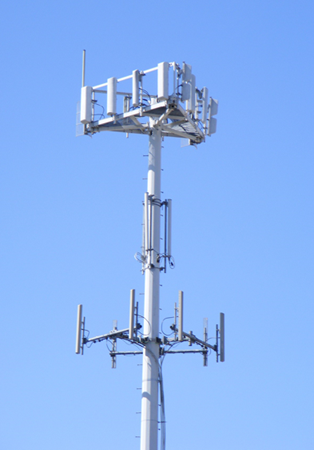Cell Phone Geolocation Evidence May Be Off the Mark (At Least in Denmark): eDiscovery Trends
If you watch Dateline, 20/20, 48 Hours or any other news program that covers notable crime stories, one trend has become more and more common – the use of cell phone/mobile device geolocation data to put alleged criminals at the scene of the crime (or at least very close to it). We consider these devices – and the geolocation data obtained from them – to be highly accurate and important evidence in obtaining convictions for guilty parties or exonerating innocent ones. Maybe we shouldn’t.
According the The Guardian (Denmark frees 32 inmates over flaws in phone geolocation evidence, written by Jon Henley), Denmark has released 32 prisoners as part of an ongoing review of 10,700 criminal cases after serious questions arose about the reliability of geolocation data obtained from mobile phone operators.
In addition, nearly 40 new cases have been postponed under a two-month moratorium on the use of mobile phone records in trials, which was imposed after police found multiple glitches in the software that converts raw data from phone masts into usable evidence.
Among the errors police have discovered is a tendency for the system to omit some data during the conversion process, meaning only selected calls are registered and the picture of the phone’s location is materially incomplete.
The system has also linked phones to the wrong masts, connected them to several towers at once, sometimes hundreds of kilometres apart, recorded the origins of text messages incorrectly and got the location of specific towers wrong.
Taken together, the problems meant not just that innocent people could potentially have been placed at crime scenes but that criminals could have been wrongly excluded from inquiries, said Jan Reckendorff, Denmark’s director of public prosecutions, who said “This is a very, very serious issue. We simply cannot live with the idea that information that isn’t accurate could send people to prison.” Announcing the case review and moratorium late last month, Reckendorff conceded it was a “drastic decision, but necessary in a state of law”.
There are no statistics on how many court cases in Denmark are decided on the basis of mobile phone data, but it is often used to corroborate other evidence and, although not considered as reliable as DNA, has previously been seen as highly accurate.
Isolated incidences of clearly inaccurate mobile data have occurred in the past in the US and South Africa, but this is the first time it has been questioned by a national justice system. Three years ago, a Kansas family sued a digital mapping company after being visited “countless times” by police and others.
I certainly experienced how inaccurate geolocation data tracking can be sometimes when I was in Italy the past couple of weeks. Trying to use Google maps over there to help direct you to a location can be challenging as the application frequently reported inaccurate locations for where we were when trying to provide directions.
So, what do you think? Are you concerned about the accuracy of geolocation data in the US? Please share any comments you might have or if you’d like to know more about a particular topic.

Sponsor: This blog is sponsored by CloudNine, which is a data and legal discovery technology company with proven expertise in simplifying and automating the discovery of data for audits, investigations, and litigation. Used by legal and business customers worldwide including more than 50 of the top 250 Am Law firms and many of the world’s leading corporations, CloudNine’s eDiscovery automation software and services help customers gain insight and intelligence on electronic data.
Disclaimer: The views represented herein are exclusively the views of the author, and do not necessarily represent the views held by CloudNine. eDiscovery Daily is made available by CloudNine solely for educational purposes to provide general information about general eDiscovery principles and not to provide specific legal advice applicable to any particular circumstance. eDiscovery Daily should not be used as a substitute for competent legal advice from a lawyer you have retained and who has agreed to represent you.









